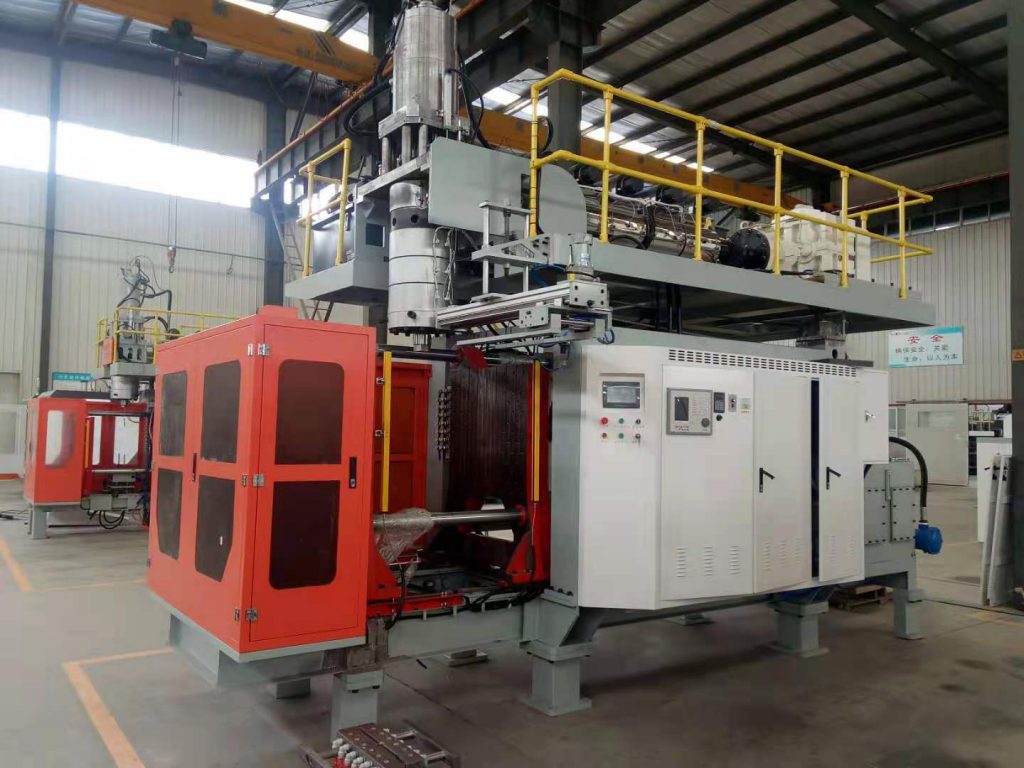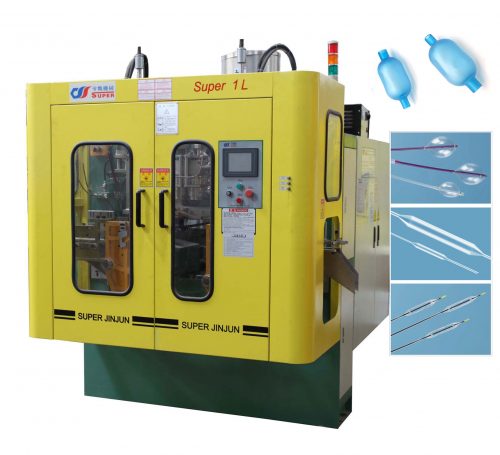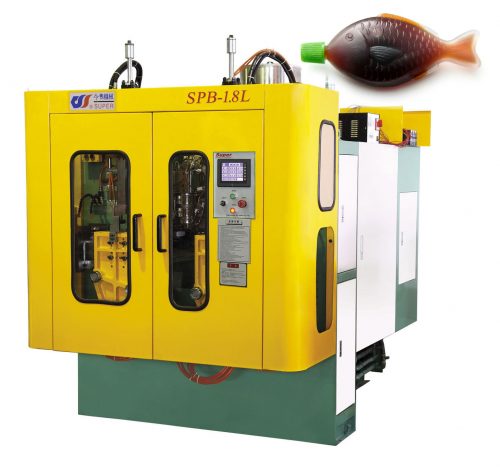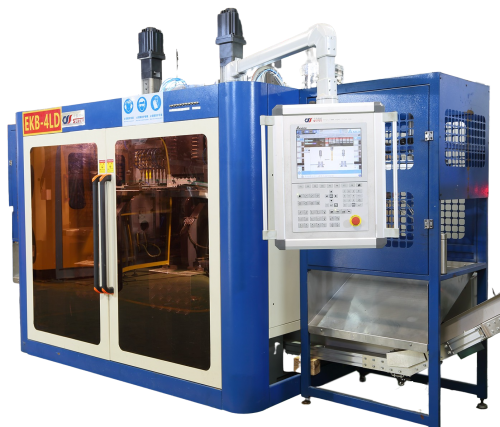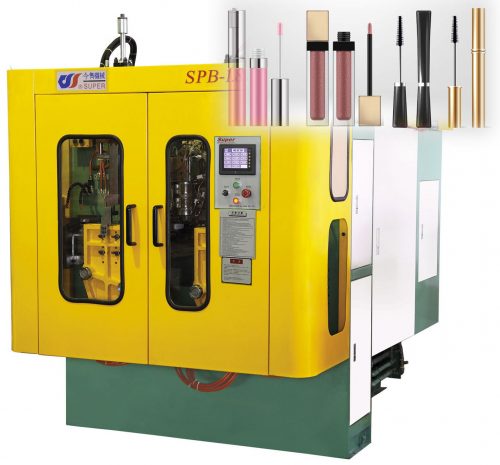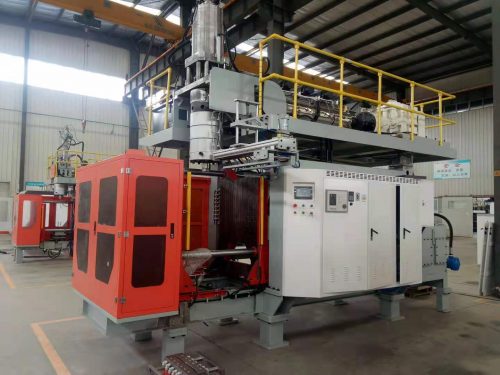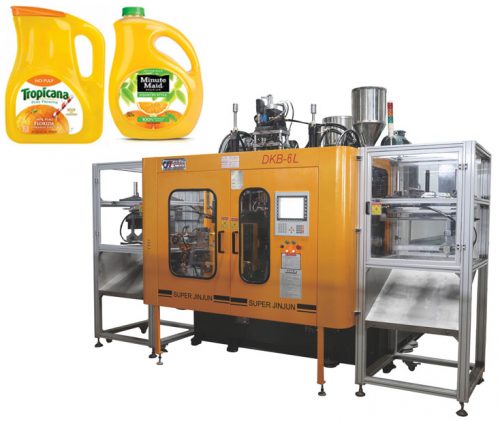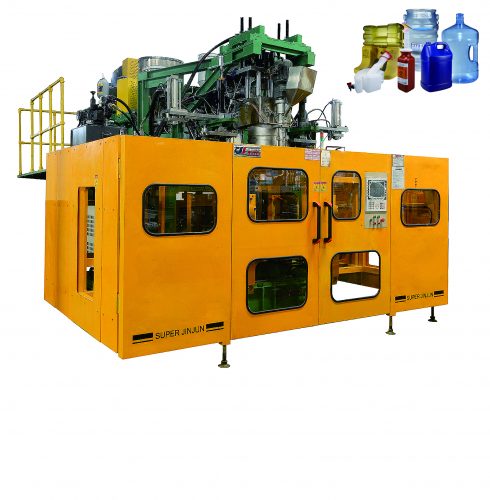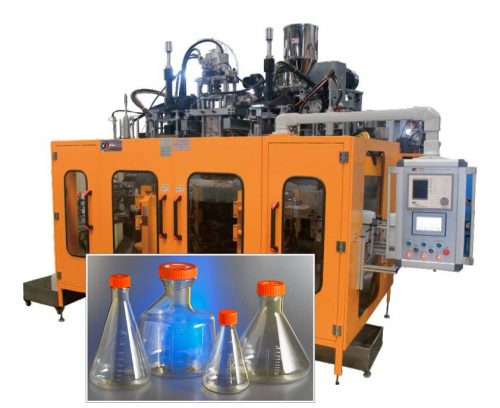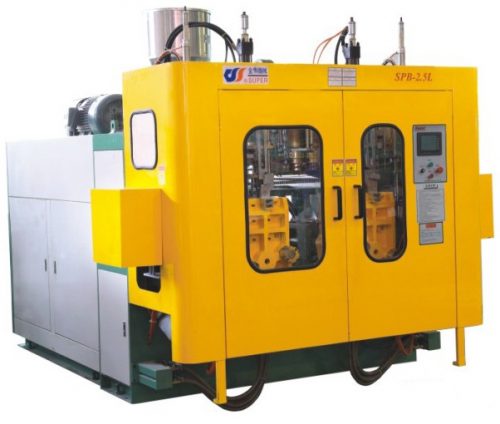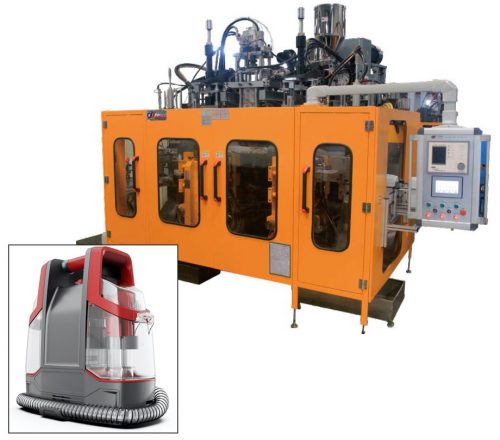What is bubble deck?
Bubble Deck is the patented integration technique of linking air, steel, and concrete in a two-way structural slab. Hollow plastic balls are inserted into the slab and held in place by reinforcing steel. The end result eliminates the use of concrete that has little carrying effect while maintaining the two-way span (biaxial) strength.
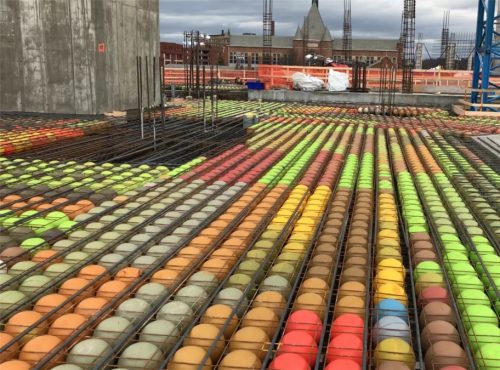
Bubble Deck eliminates up to 35% of the structural concrete. When coupled with the reduced floor thickness and facade, smaller foundations and columns, construction costs can be reduced by as much as 10%.
With virtually no formwork, no downturn beams or drop heads, and fast coverage of typically 350ft2 per panel, using Bubble Deck means floor cycles up to 20% faster than traditional construction methods. Regardless of project size, shape or complexity; simply shore, place, and pour to quickly install concrete decks.
Off-site manufacturing, fewer vehicle trips and crane lifts as well as simple installation all combine to minimize operating risks, as well as lower health & safety risks. As a result, major projects around the world have chosen the Bubble Deck technology as the low-risk way to build large and complex projects.
The Bubble Deck system offers a wide range of advantages in building design and during construction. There are a number of green attributes including; reduction in total construction materials, use of recycled materials, lower energy consumption and reduced CO2 emissions, less transportation and crane lifts that make Bubble Deck more environmentally friendly than other concrete construction techniques.
Bubble Deck is a hollow two-way slab system that has been used in Europe for the last 10 years in lieu of conventional two-way and one-way slab reinforced concrete slab systems. The bubble deck system is composed of top and bottom welded steel mesh and hollow plastic ball that replaces the concrete that has no structural function. The geometry created by the plastic balls and the mesh width,
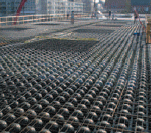
as shown in the Figure, provides an optimized statically stable concrete construction with a maximum utility of both moment and shear zones.The reinforcing mesh keeps the balls in exact position while the balls control the level of reinforcing, shape the air volume, and stabilize the spatial lattice making it ready for concreting to obtain a two-way hollow slab system.
The main advantage of this system is in reducing the weight of the structure of approximately 35% that eliminates the constraints of high dead load and short spans. The weight reduction results in smaller column sizes and smaller footing sizes, or up to 50% longer spans that result in fewer columns and footings in the building. The weight reduction also, has a huge impact on earthquake forces and seismic design.
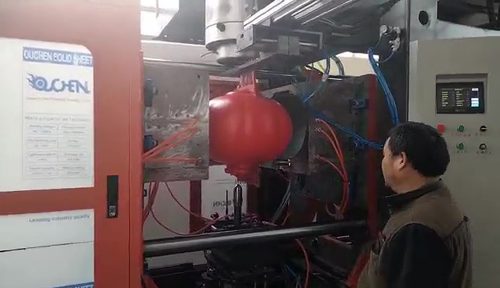
Punching shear is one of the major limit states in designing reinforced concrete slabs. Experiments have shown that shear capacity of bubble deck is 72-91% of the shear capacity of solid slab and areas of high shear require special attention, therefore the punching shear issue was resolved by omitting few balls in the critical area around columns to provide full shear capacity by providing full slab depth multiplied by the perimeter of the critical section around column to resist shear forces and moments.
As the plastic ball on bubble deck can be various large size and shape, usually the size is over diamter 20cm. so normal contious extrusion blow molding is hard for this plastic ball on bubble deck. yes, we designed new accumulator extrusion blow molding machine for the plastic ball on bubble deck, size from 20cm to 80cm diameter plastic ball.
